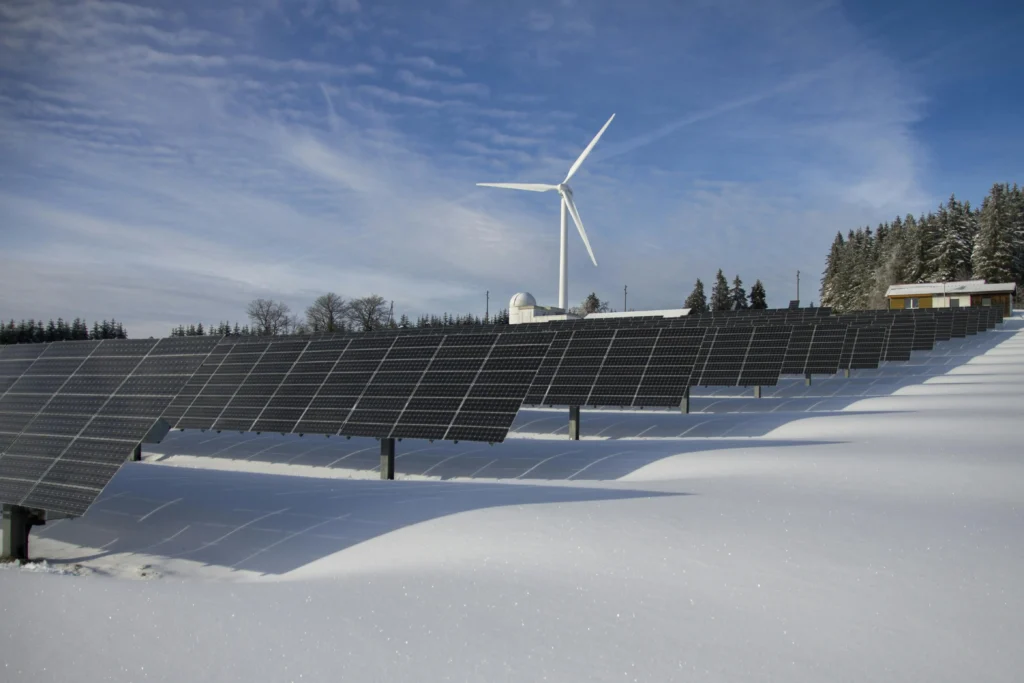
What is the carbon footprint?
Did you know that measuring the carbon footprint can help us understand the environmental impact of our activities? In this article, we will answer the key question: How many types of carbon footprints are there? The carbon footprint is a key indicator for measuring the impact of our activities on climate change. If you want to dive deeper into the concept, make sure to read our article on What the Carbon Footprint Is and What It’s For, where we explain its importance and how it can help reduce emissions
The carbon footprint represents the total amount of greenhouse gases (GHG) emitted directly or indirectly into the atmosphere as a result of human activities. These gases include primarily carbon dioxide (CO₂), methane (CH₄), nitrous oxide (N₂O), hydrofluorocarbons (HFCs), perfluorocarbons (PFCs), and sulfur hexafluoride (SF₆), all of which contribute to global warming.
The carbon footprint is calculated to quantify, assess, and monitor the emissions generated by human activities. This calculation is essential not only for understanding the environmental impact of an organization, product, or event but also for implementing emission reduction and offsetting measures, contributing to sustainability and the fight against climate change.
Types of Carbon Footprint
There are three main types of carbon footprint that are calculated depending on the focus of the analysis:
- Organization’s Carbon Footprint: This measures the total emissions generated by an organization in the course of its daily activities, including electricity use, fossil fuels, employee transportation, and more. This calculation is usually done annually to provide a comprehensive view of the emissions produced.
- Product’s Carbon Footprint: This type focuses on the GHG emissions throughout a product’s life cycle, from raw material extraction, manufacturing, and distribution, to usage and final disposal. This calculation is essential for companies aiming to implement sustainability policies and improve the efficiency of their production processes.
- Event’s Carbon Footprint: This measures the greenhouse gas emissions associated with hosting events such as conferences, concerts, or sports competitions. These emissions include attendee transportation, energy consumption at the event location, and waste generated.
How is the Carbon Footprint Calculated?
Calculating the carbon footprint depends on several factors and methodologies, but the general process follows these steps:
- Define the Scopes: The first step is to decide which emission sources will be considered. These are defined across three scopes:
- Scope 1: Direct emissions from the organization, such as those from burning fuels in facilities or company-owned vehicles.
- Scope 2: Indirect emissions from electricity consumption, generated at the power plants where the energy is produced.
- Scope 3: Other indirect emissions, which include everything from raw material transportation to product use by consumers.
- Data Collection: Once the scope is defined, data must be collected on energy consumption, fuel usage, travel and transportation, and waste generated.
- Emission Calculation: Using conversion factors, the collected data is translated into tons of CO₂ equivalent (tCO₂e).
- Reduction and Offset Actions: After calculating the carbon footprint, measures should be implemented to reduce emissions. If necessary, offsetting emissions through reforestation projects, renewable energy, or other mitigation actions can be pursued.
Now that you know how many types of carbon footprints exist, it’s important to take action to reduce your impact in each of these areas.
Reducing the carbon footprint has become a key goal for businesses and governments due to international commitments to combat climate change, such as the Paris Agreement. By implementing energy efficiency measures, optimizing processes, and using renewable energy, organizations can reduce their environmental impact, enhance their competitiveness, and contribute to a more sustainable future.



